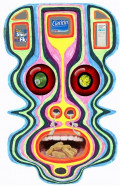Allergy Remedies - An Allergy Cure that Works!
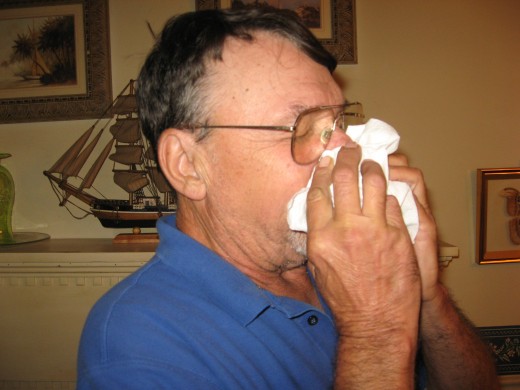
Seasonal Allergies – Hay Fever
My allergies have been giving me fits lately! I think these are seasonal allergies I’m having. I’ve been through all sorts of tests, and the only thing the doctor could find that I was allergic to are dust mites. And yes, I’m sure we have plenty of those tiny critters living with us, but my allergies don’t bother me all the time. That’s why I think they’re seasonal allergies. If I were having an allergic reaction to dust mites, I’d be suffering all the time! I’m pretty sure I’m having hay fever, also called allergic rhinitis. Allergic rhinitis is the most common form of allergies. I’m in good company. Almost one-third of the population of the United States suffers from bouts of hay fever. This article is focused on those types of allergies.
Severe Allergies
Severe allergies are usually defined as those that are life threatening, so by that standard, I don’t have severe allergies. They seem pretty darn severe to me, though! I was miserable for weeks before I discovered my allergy cure. Every time I inhaled through my nose, my nostrils would sting and itch. The itching prompted sneezing – sometimes constant sneezing for several minutes. The allergies and sneezing even disrupted my sleep. My head would either be totally stopped up, or it would pour like a water spigot. There was very little in-between. I also had bad sinus headaches, and the post-nasal drip caused coughing. I had to always keep a big wad of tissues with me, and I didn’t want to leave the house. The only time I got total relief was when I held my breath. Do you now understand why I consider these seasonal allergies to be in the severe allergies category?

Allergy Season
When is allergy season? That depends on what you’re allergic to and on where you live. In much of the United States, allergy season begins in March, with tree pollen. About the time tree pollen is gone, another allergy season begins, when many grasses release pollen. In late summer or early fall, yet another allergy season gets underway, when ragweed begins to pollenate.
Allergy season can vary in intensity from year to year, from week to week, and even from day to day. Wind, which can carry pollen for more than 100 miles, makes pollen levels worse. So you don’t have to live near pollen sources to be affected by hay fever. You might also have noticed that your allergy didn’t bother you as much on rainy days, when the raindrops help clean the air.
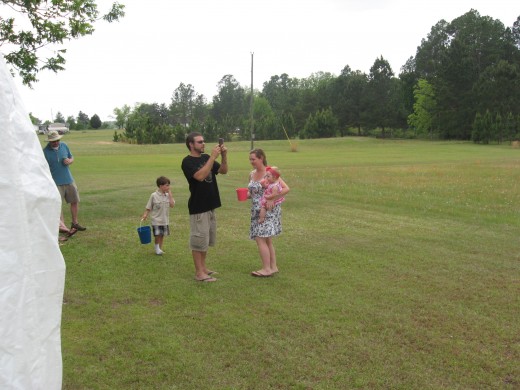
Allergy Causes – Histamine
What causes allergies? Allergy causes are numerous. They can be triggered by foods, pet dander, dust mites, pollen, detergents, pollution, mold, or plant spores. Hay fever is most often caused by inhaling particles from dust mites, animal skin, pet dander, pet urine, mold, and any type of pollen. With some people, even insects can cause allergic rhinitis. But how do these substances cause allergies? Why are some people allergic to certain substances, while others aren’t?
An allergy is actually the body’s defensive reaction to foreign particles. While most people’s bodies will recognize the particles as being harmless, others don’t. When these individuals inhale certain particles, their bodies think an attack is occurring, and their immune systems begin to produce allergens. One part of the immune system’s defense is histamine.
Histamine is produced by mast cells, which are found in several different tissues. When triggered, the mucosal mast cells go into action. Histamine affects nerve endings, which is the cause of the itching and burning often associated with hay fever. The surrounding tissues might also become red and swollen.
Basophils also produce histamine. Also called basophil granulocytes, basophils are white blood cells that store histamine and secrete it when they recognize a substance as an allergen.
Histamine:
Allergy Symptoms
I’ve already mentioned some allergy symptoms that I experienced – runny nose, head congestion, sneezing, coughing, headache, and itchy nostrils. Other individuals might experience different allergy symptoms, including sore throat, itchy ears, itchy eyes, swollen eyes, or watery eyes. People with asthma might have even more trouble breathing than they usually do when they’re suffering from seasonal allergies. If you have allergies, you might experience all these symptoms, or you might experience only one or two allergy symptoms. For me, the worst is the sneezing. I was sneezing so much that it actually interfered with my daily activities, making it difficult to eat, sleep, read, or drive.
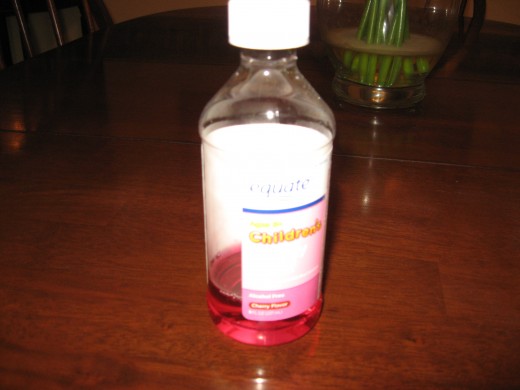
Antihistamines
You’re probably familiar with drugs called antihistamines. As the term implies, antihistamines work against histamine by partially blocking its actions. These medications might be over-the-counter or prescribed by a physician. Some common over-the-counter antihistamines include brand names like Benadryl, Tavist, Allegra, Zyrtec, Claritin, and Chlor-Trimeton. Prescription antihistamines include Atarax, Xyzal, Clarinex, and Palgic.
I took antihistamines for my seasonal allergies, and they did provide some relief. The biggest problems were the side effects. Benadryl made me very drowsy, and even after a good nap, I’d feel “draggy” for hours. My mouth would always be extremely dry when I first woke up after taking the drug, too. Other common symptoms of antihistamines include blurred vision, confusion, nausea, and dizziness. Also, it’s not safe for some individuals to take antihistamines.
Decongestants
A stuffy nose is usually caused by swelling of the nasal tissues. Decongestants are good at “unblocking” sinuses and noses, by reducing the amount of blood in the vessels in the nose, sinus cavities, and throat. I can’t take them because I have cardiac arrhythmia. Other conditions that make taking decongestants possibly dangerous include hardening of the arteries, hypertension, and glaucoma. Even when they’re safe to use, decongestants can cause side effects, including dizziness, nervousness, and difficulty sleeping. Well known decongestants include phenylephrine, ephedrine, pseudoephedrine, naphazoline, and phenylpropanolamine.
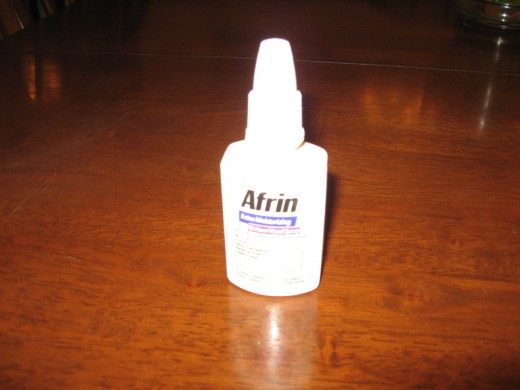
Nasal Spray
Decongestants are also available in the form of nasal spray. Some types of nasal spray also contain antihistamines or corticosteroids. Decongestant nasal sprays work quickly by constricting the blood vessels inside the nose, providing relief from a stuffy nose. As with other forms of decongestants, I’m not supposed to use nasal sprays that contain decongestants. As for the other two types of nasal spray I’ve mentioned, I’ve never tried either.
You’re probably familiar with the warnings about using a decongesting nasal spray long term. In fact, the warning appears right on the bottle. After just a few days’ use, decongestant nasal spray can actually make your condition worse by irritating and even causing damage to the nasal membranes. With this irritation, the inside of the nose can become even more swollen and inflamed before using the spray.
Nasal Spray:
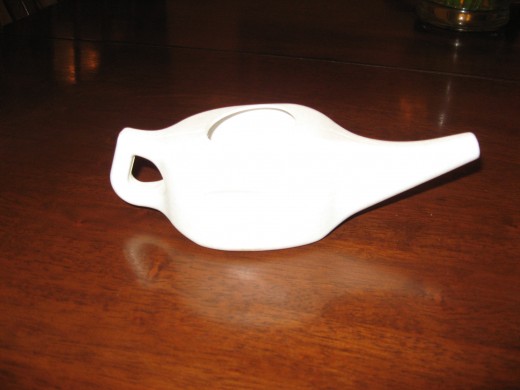
Natural Allergy Remedies
There are several natural allergy remedies you can try at home, without turning to drugs and their inherent side effects. One is to use a neti pot, as pictured above. Neti pots are cheap, and I use mine quite often. The little plastic container is filled with warm salt water. When you buy a pot, several packets of salt are usually included, but when they run out, just make your own solution. I use about a teaspoon of salt to a cup of water. The salt water is used to clean the sinuses and nasal passages. The cleansing gets rid of excess mucous, and the salt helps relieve swelling in the nose. The following video provides more information.
How to Use a Neti Pot:
Natural Allergy Remedies:
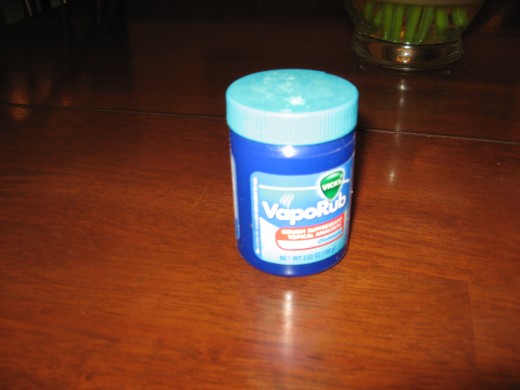
When inside my nose is aching from seasonal allergies, I sometimes use a mentholated rub like Vicks. I did a Q-Tip in the ointment and run it around the inside of my nostrils. Doing so relieves some of the irritation from inflamed mucous membranes, and it also helps me to breathe easier.
My oldest daughter and I were discussing natural allergy remedies yesterday, and she swears by honey. It’s best if the honey you use was produced by bees in your area. She recommends taking a tablespoon of honey every day, several weeks before allergy season starts. I think the theory behind the honey allergy cure is that since the product is closely associated with pollen, your body gets used to the allergen.
Natural allergy remedies also often include herbal supplements. Some of the most popular in dealing with hay fever are stinging nettle, Tinospora cordifolia, butterbur, grape seed extract, verbena, pine bark extract, elderflower, cowslip, bitter orange, and spirulina. Be advised, however, that just because these are natural allergy remedies doesn’t mean that they’re always safe to use. Some might cause serious side effects like rapid heart rate, hypertension, and dizziness.
Some natural allergy remedies are little more than using common sense. For example, if outdoor pollen is causing your hay fever, stay indoors as much as possible, and leave your doors and windows closed. Use a HEPA filter. Breathing steam might also help. I hold my head over a pot of steaming water and inhale the hot, moist air. For even better results, I add some Vick’s or Mentholatum to the water. Sipping hot soup or hot beverages can also help as natural allergy remedies. Salty chicken soup really helps with a sore throat, for example.
Allergy Cure
As I’ve mentioned, my seasonal allergies were driving me crazy, and I was desperate for an allergy cure. I knew I was somewhat limited in my choices, due to the physical condition I’ve also already mentioned. I was taking Benadryl, but it offered only short term relief and some lousy side effects. When I gave up on finding an allergy cure on my own, I put a call into my doctor. Her nurse gave a great tip about a nasal spray I’d never heard of, so I got dressed, drove to Kmart, and purchased the product. It’s called NasalCrom, and for me, it’s practically been a miracle allergy cure! This confirms my belief that you often get the best medical advice from nurses.
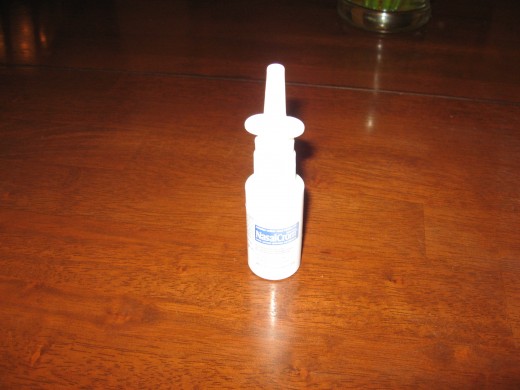
NasalCrom
NasalCrom is a nasal spray for allergies like hay fever. It works differently, however, than decongestant nasal spray. It doesn’t just treat the symptoms – it gets to the root of the problem, so to speak. NasalCrom does this by affecting the mast cells in the nose. The effective ingredient in the fine mist, cromolyn, inhibits the mast cells from releasing their stores of histamine.
After my first dose of NasalCrom, I was disappointed. I guess I expected it to work immediately, like a decongestant nasal spray. When I didn’t notice any relief after the second dose, I thought, “Gee, Holle, Maybe you should read the package insert.” So I did, and then I understood: NasalCrom doesn’t work immediately. I continued using the spray every four hours, and after a few days, I noticed relief from my allergy symptoms. As I continued using the spray, I became a true believer, thinking finally – an allergy cure!
NasalCrom comes in a plastic pump bottle, and doses are pre-measured. I haven’t experienced any bothersome side effects, although some people do. These are usually pretty minor and might include temporary stinging, sneezing, or an unpleasant taste. If you’re allergic to cromolyn, don’t use the product. If you have nasal polyps or asthma, or if you’re pregnant or breastfeeding, talk to your physician before using NasalCrom.
I have more good things to say about this nasal spray. You can take it safely with antihistamines and decongestants. With severe allergies, you might want to use an all-of-the-above approach. You can also use NasalCrom before allergy symptoms surface, and in fact, it’s probably best to start using it a couple of weeks before allergy season starts. By the way, I don’t write many product reviews. I’m convinced, however, that this one qualifies as sort of an allergy cure. When used properly, and when used in advance of allergy season, it can greatly inhibit your worst allergy symptoms, even though it’s not an allergy cure, per se.







